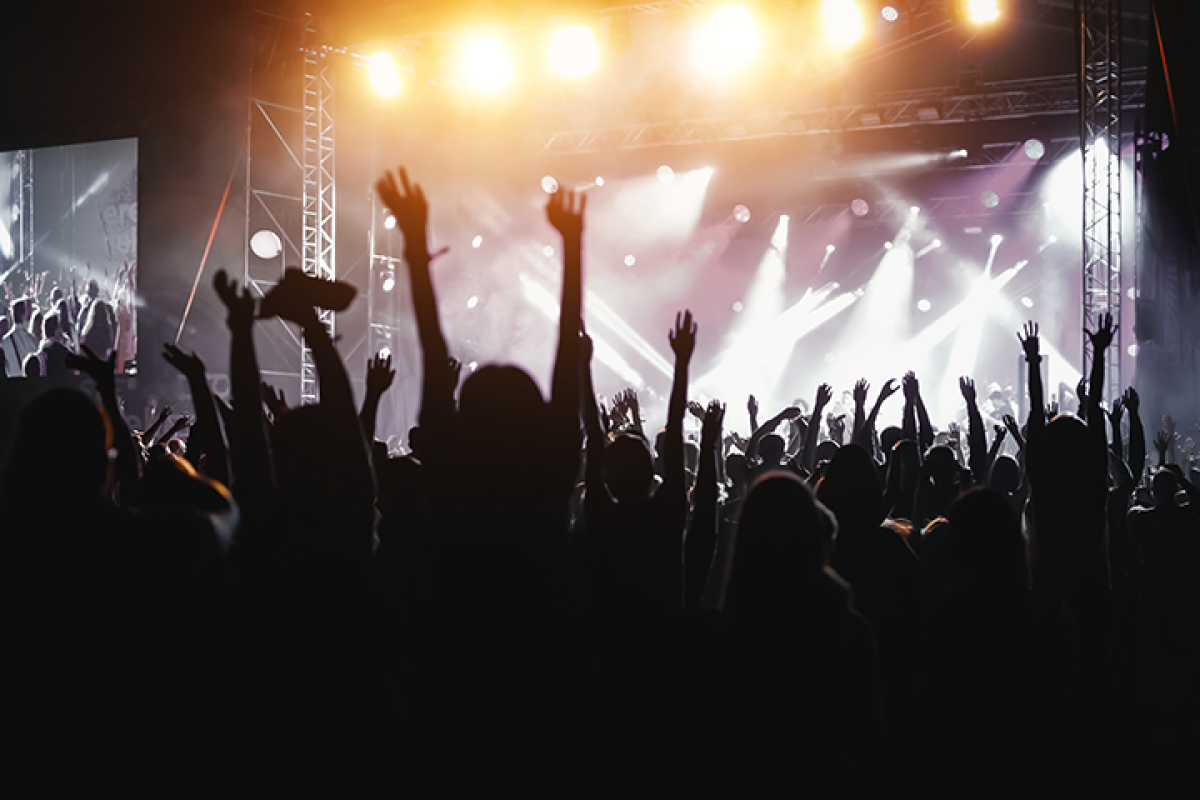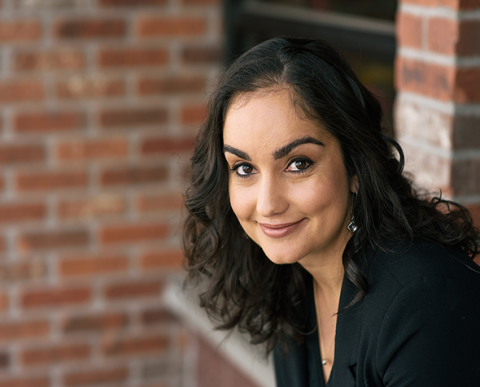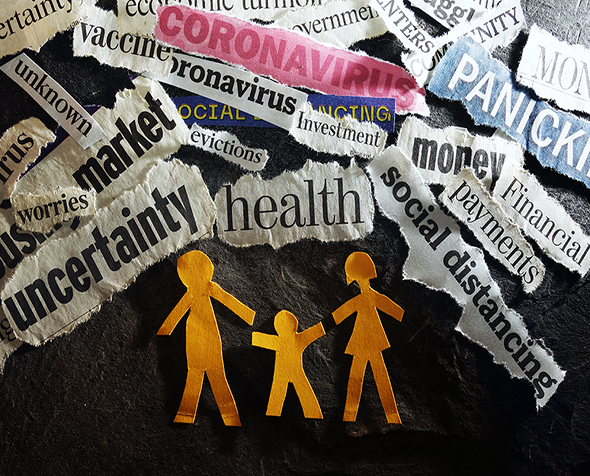From Pandemic to Endemic: The Pandemic and Performing Arts

The novel coronavirus has created unprecedented challenges that were unforeseeable two years ago. The DU Newsroom has been speaking with faculty experts about issues that have arisen or have been exacerbated because of the pandemic. Aisha Ahmad-Post is the executive director of the Newman Center for the Performing Arts. She shares her thoughts about the impact of the pandemic on the performing arts in this interview with the DU Newsroom.
The pandemic has changed the way companies and performers approach their craft and how performers relate to their audiences. What changes have you seen?
If anything, we no longer take live events for granted, and there’s definitely been a surge of work to try and get the performing arts industry back up and running. Of course, we’re part of the greater economy and so we’re seeing a lot of increased prices: for labor, freight, car rentals, etc. At the Newman Center, we’ve been incredibly fortunate to see a bump in the total number of ticket buyers overall, which is helping to offset fewer shows overall.
Do you expect any of these changes to continue beyond the pandemic?
There’s something to be said for wearing a mask when you travel to a different city every day like many of these performers do, and I wouldn’t be surprised to see that practice continue in the performing arts field. The pandemic brought to light a lot of inequality in our field and need for change: safety nets, livable wages, the need for better mental and physical health insurance, etc. 2020 added the refocus on racial justice, and 2021 forced a reckoning in the labor market. All of these forces will continue to shape questions around the performing arts for years to come.
How has the pandemic impacted artists and creative workers?
It really depends. As I’ve said before, this industry was the first to close and we’ll be the last to recover. Thankfully, we’re starting to see artists and creative workers get back to work teaching, performing and creating. The financial damage from over a year of lost revenue is tough. We’re seeing some places close and artists who have chosen different career paths as part of The Big Quit/Great Resignation. At the same time, others have managed to survive through emergency grants from foundations and government entities, and some are thriving and back to nearly business-as-usual.
Are there steps that venues can take to ensure a safer environment during live audience performances?
From our standpoint, we feel very fortunate that we live and work in an area where we were able to implement requirements for proof of vaccination and masking in the building. We’ve had to walk a delicate balance of enforcing mask wearing and ensuring that our volunteer usher corps aren’t subject to harassment by patrons who disagree with these policies. At the end of the day, it’s all about the collective comfort level of the artists, patrons, staff and public health officials, and working together towards a common goal. The risk of transmission isn’t zero, but I do think we’ve done a good job of reducing that risk as much as we can.











